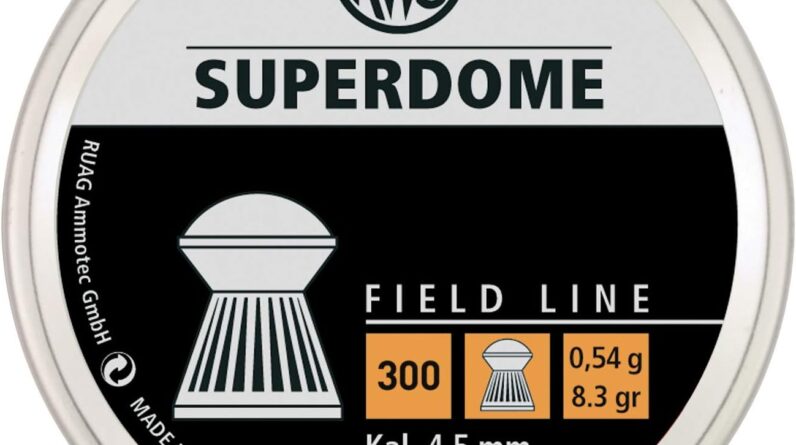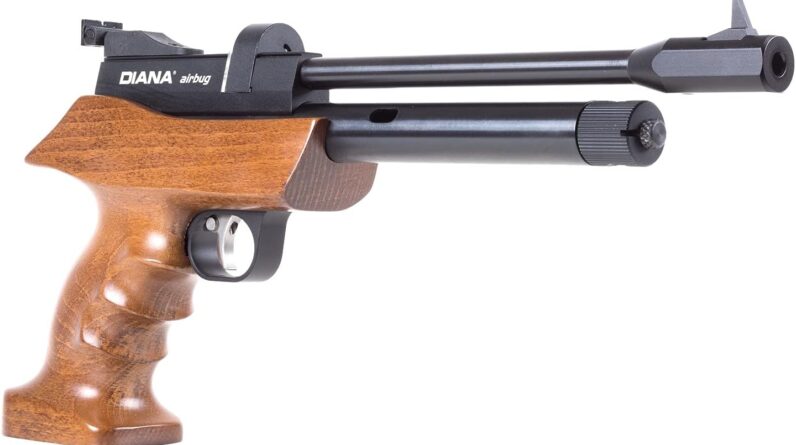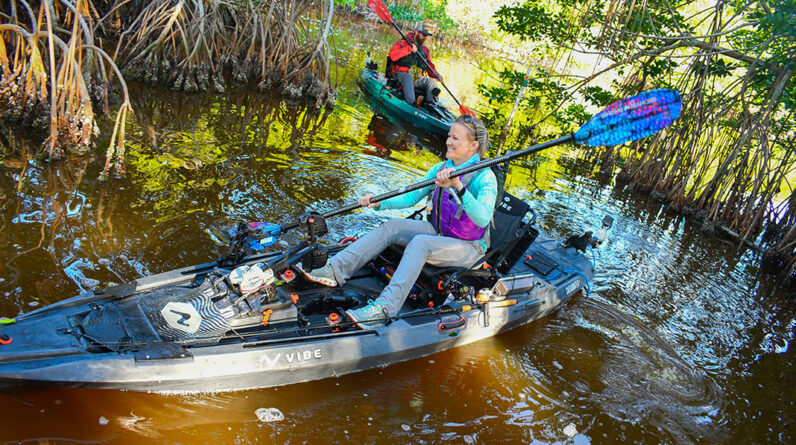
Are you an adventurous soul ready to take on the rushing waters of whitewater kayaking? If so, then selecting the perfect kayak paddle is essential to ensure a safe and enjoyable experience. With this guide, you will learn how to choose the right size and style of paddle tailored specifically for whitewater kayaking. From understanding the different blade shapes to determining the correct length, we will equip you with all the knowledge you need to make an informed decision. Get ready to conquer the rapids with confidence and precision!
Factors to Consider
When selecting a kayak paddle for whitewater kayaking, there are several factors that you should take into consideration. The length of the paddle, blade material, blade shape and size, shaft material, paddle weight, grip and shaft design, paddle durability, price range, and personal preference and experience all play a role in determining the perfect paddle for you. By understanding these factors and making informed decisions, you can enhance your whitewater kayaking experience.
Paddle Length
The length of your paddle is a crucial factor to consider when choosing a kayak paddle for whitewater kayaking. The right length can greatly impact your paddling technique and overall performance on the water.
Determining the Right Length
To determine the correct paddle length for your height and kayak width, you can follow a simple guideline. Stand up straight with your arms above your head, forming a 90-degree angle at the elbows. Measure the distance from your hands to the ground. This measurement is a good starting point for choosing the length of your paddle.
The Effect of Paddle Length on Performance
The length of the paddle directly affects both your stroke efficiency and your maneuverability. A longer paddle provides more leverage, making it ideal for wider kayaks and powerful strokes. On the other hand, a shorter paddle is better suited for narrower kayaks and quick maneuvering. It’s essential to find the right balance between comfort and performance when considering the length of your paddle.
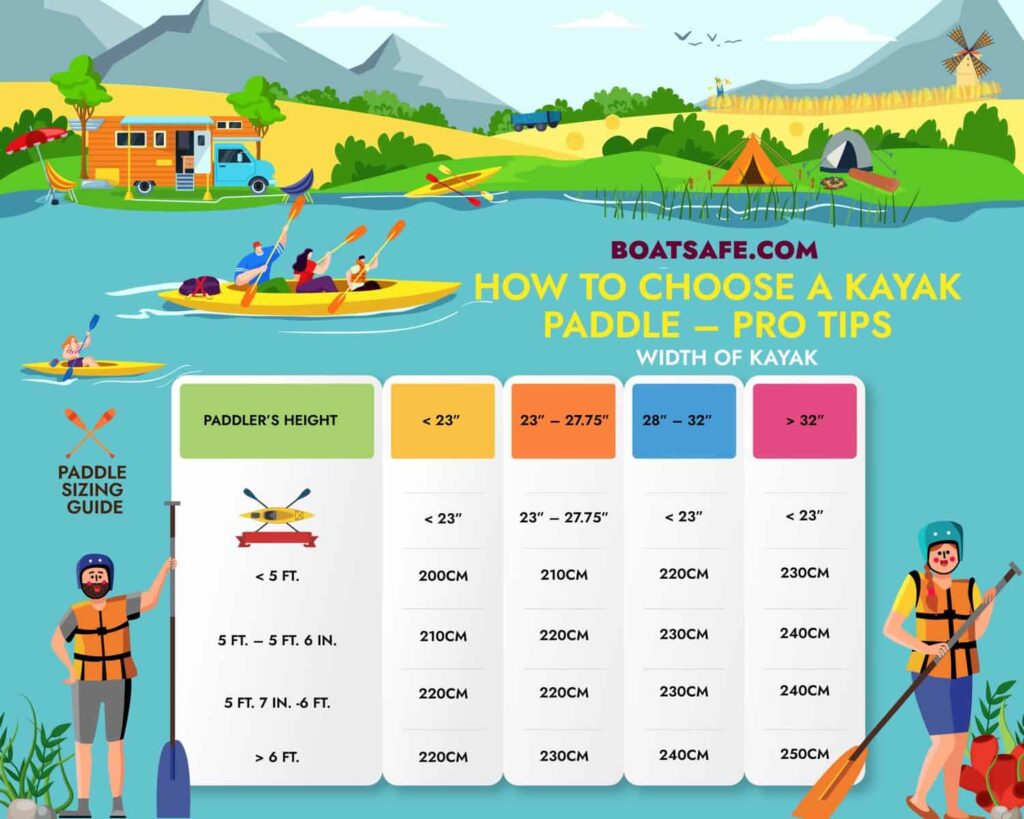
This image is property of www.boatsafe.com.
Blade Material
The material used for the blade of the paddle is another important factor to consider when selecting a kayak paddle for whitewater kayaking. The blade material can affect the overall weight, durability, and feel of the paddle.
Different Blade Materials
Blades can be made from a variety of materials, including fiberglass, carbon fiber, nylon, and plastic. Each material has its own unique characteristics.
Pros and Cons of Each Material
Fiberglass blades are lightweight and offer excellent durability. They provide a good balance between stiffness and flexibility, allowing for efficient paddling. Carbon fiber blades, on the other hand, are even lighter and stiffer, providing optimal power transfer. Nylon blades are durable and affordable but may feel heavier compared to other materials. Plastic blades are often the most budget-friendly option, but they are less efficient and more prone to deformation. Considering the specific demands of whitewater kayaking, choosing a blade material that offers a balance of durability, weight, and performance is crucial.
Blade Shape and Size
The shape and size of the blade can greatly impact your paddling technique, power output, and maneuverability in whitewater kayaking.
High-Angle vs Low-Angle Paddling
When it comes to blade shape, there are two main styles: high-angle and low-angle paddling. High-angle paddling involves a more aggressive stroke, with a higher blade angle and a greater emphasis on power. This style is preferred by kayakers looking for a more dynamic and rapid paddling experience. Low-angle paddling, on the other hand, utilizes a shallower blade angle and a slower, more relaxed stroke. This style is suitable for longer trips and conserving energy.
Blade Surface Area
The surface area of the blade also affects its performance. Larger blades provide more power but require more effort and can lead to fatigue over extended periods. Smaller blades offer better control and are more forgiving on the body. The choice between blade sizes depends on your personal preference, paddling style, and the demands of your whitewater kayaking adventures.
Feathering of the Blades
Feathering refers to the angle offset between the blades of a kayak paddle. Some paddles allow you to adjust the feather angle, while others come with a fixed angle. Feathering can help reduce wind resistance and improve comfort during your paddling sessions. Experiment with different feather angles to find the one that suits you best.

This image is property of coloradokayak.com.
Shaft Material
The material used for the shaft of the kayak paddle is another factor to consider.
Options for Shaft Materials
Shafts can be made from various materials, including aluminum, fiberglass, carbon fiber, and wood. Each material has its own characteristics in terms of weight, stiffness, and durability.
Pros and Cons of Each Material
Aluminum shafts are the most affordable option and offer decent durability. However, they can feel heavier compared to other materials. Fiberglass shafts provide a good balance between weight and strength, ideal for most kayakers. Carbon fiber shafts are the lightest and stiffest option, offering maximum power transfer and reducing fatigue during long paddling sessions. Wood shafts provide a unique and natural feel but require more maintenance.
While carbon fiber shafts are often the top choice for serious whitewater kayakers due to their performance benefits, it’s essential to balance your budget and needs when selecting the shaft material for your paddle.
Paddle Weight
The weight of your kayak paddle can significantly impact your paddling experience, especially during extended trips or intense whitewater adventures.
Impact on Paddler’s Fatigue
A lighter paddle can help reduce fatigue, allowing you to paddle for more extended periods without straining your muscles. This becomes particularly important in whitewater kayaking, where quick and repetitive movements are necessary for maneuvering through rapids. However, it’s essential to find a balance between weight and durability, as extremely lightweight paddles may sacrifice durability and robustness.
Considerations for Lightweight Paddles
If you prioritize a lightweight paddle, materials like carbon fiber and fiberglass can provide the desired weight reduction. Additionally, paying attention to other factors such as the blade size and overall design can contribute to a lighter and more comfortable paddle for your whitewater kayaking ventures.

This image is property of cdn.shopify.com.
Grip and Shaft Design
The design of the grip and shaft of the kayak paddle can greatly impact your comfort and control on the water.
Ergonomic Grip Shape
An ergonomic grip shape is important for minimizing hand fatigue and maximizing control. Look for paddles with comfortable grips that fit well in your hand, allowing for a relaxed and natural grip position. This will improve your overall paddling experience and reduce the risk of developing muscle strains or blisters.
Tapered or Straight Shaft
Paddle shafts can come in tapered or straight designs. A tapered shaft provides a more natural hand position and improved grip. It can also reduce fatigue by allowing you to maintain a more relaxed wrist angle. On the other hand, a straight shaft may be preferred by those who value simplicity and a consistent feel throughout the paddle.
Adjustable Length Paddles
Consider whether an adjustable length paddle would be beneficial for your whitewater kayaking needs. Adjustable paddles allow you to customize the paddle length based on the conditions or your personal preference. This versatility can be advantageous when transitioning between different water environments or when sharing your paddle with others.
Paddle Durability
Durability is crucial when selecting a kayak paddle for whitewater kayaking. The demanding nature of whitewater environments necessitates a paddle that can withstand the rigors and potential impacts.
Considerations for Durability
Look for paddles made from sturdy and resilient materials that can withstand the powerful forces encountered in whitewater. Fiberglass and carbon fiber paddles are generally more durable than plastic alternatives. Additionally, paying attention to the blade construction and reinforcement can further enhance the durability of the paddle.
Materials for Tough and Reliable Paddles
Certain materials, such as carbon fiber and fiberglass, offer excellent strength-to-weight ratios, making them durable without compromising on performance. While these materials may come with a higher price tag, they are an investment that can provide long-lasting performance in the challenging whitewater environment.
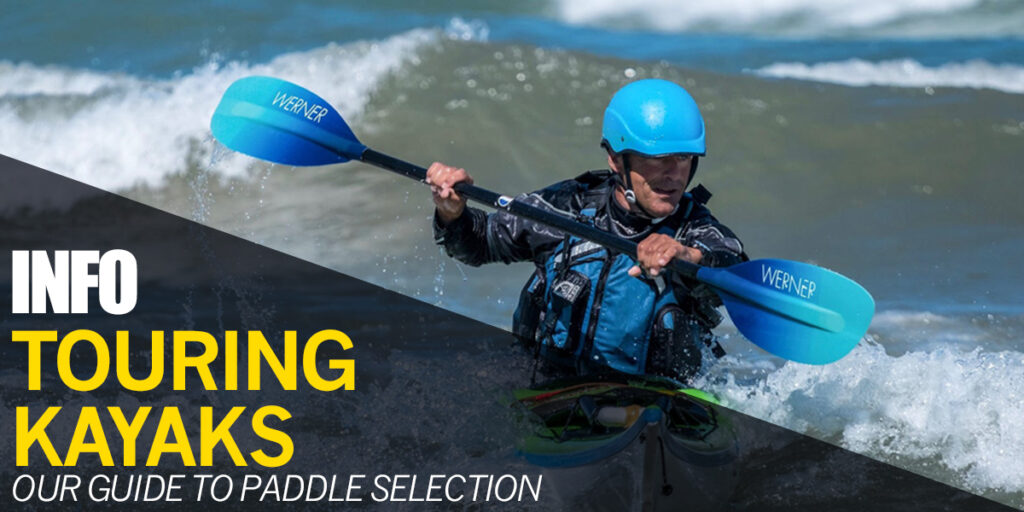
This image is property of www.roho.co.uk.
Paddle Price Range
The price range of kayak paddles for whitewater kayaking can vary significantly based on the materials, features, and overall quality.
Budget-friendly Options
For those on a budget, there are affordable paddle options available. These paddles may be made from materials like plastic or aluminum, which are less expensive but still offer functionality on the water. While they may not possess the same performance characteristics as higher-end paddles, they can still provide a suitable entry point for beginners or occasional whitewater kayakers.
Mid-range Paddles
Mid-range paddles often offer better performance and durability compared to budget options. These paddles may feature blades made from fiberglass or carbon fiber and shafts constructed from materials like fiberglass or aluminum. They strike a balance between affordability and performance, making them a popular choice for many whitewater kayakers.
High-end Performance Paddles
High-end performance paddles cater to experienced whitewater kayakers who prioritize performance, durability, and cutting-edge technology. These paddles often feature carbon fiber blades and shafts, offering maximum power transfer and lightweight construction. While they come at a higher price point, they are designed to withstand the demands of intense whitewater activities and provide exceptional performance for dedicated kayakers.
Personal Preference and Experience
Ultimately, personal preference and experience should play a significant role in selecting the perfect kayak paddle for whitewater kayaking.
Individual Paddler’s Preferences
Consider your personal paddling style, strength, and skill level. A high-angle paddler may prefer a paddle with a larger blade surface area to maximize power output, while a low-angle paddler may opt for a smaller blade that prioritizes ease of use and comfort. Your experience level can also affect your paddle selection, as more advanced paddlers may prioritize performance features over budget considerations.
Adapting Paddle Selection to Your Skill Level
If you are a beginner in whitewater kayaking, it may be best to start with a paddle that offers a balance between price and functionality. As you gain experience and refine your paddling technique, you can consider upgrading to a paddle that aligns with your evolving skill level and goals.
By considering all these factors and taking into account your personal preferences, experience level, and budget, you can make an informed decision and select the perfect kayak paddle for your whitewater kayaking adventures. Remember to test different paddles whenever possible to determine which one feels the most comfortable and suits your individual needs. Happy paddling!
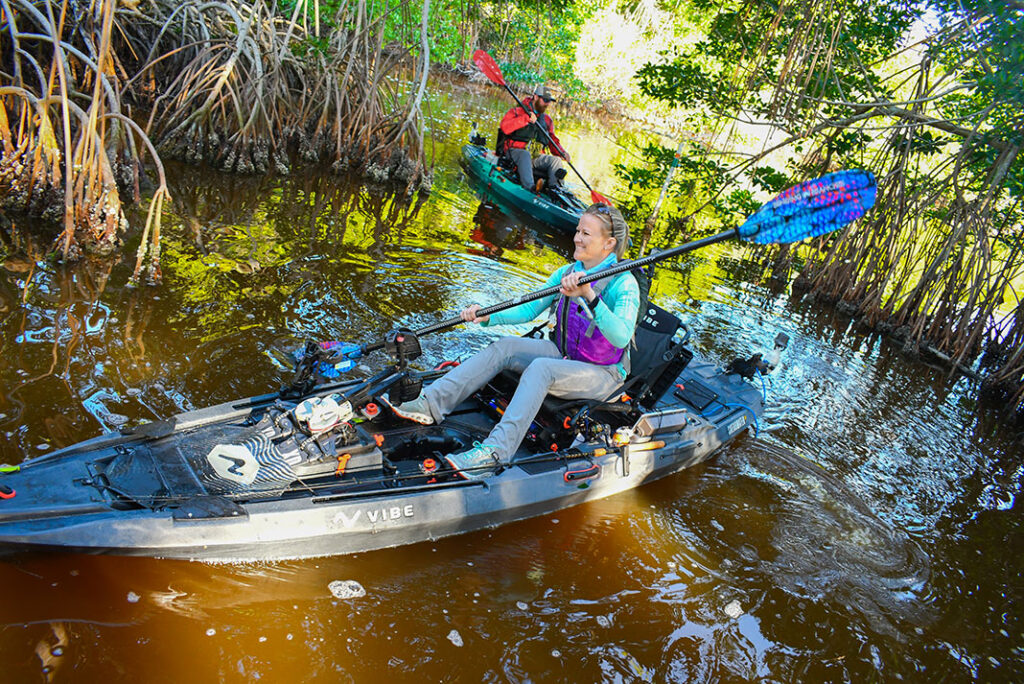
This image is property of paddlingmagazine-images.s3.amazonaws.com.

